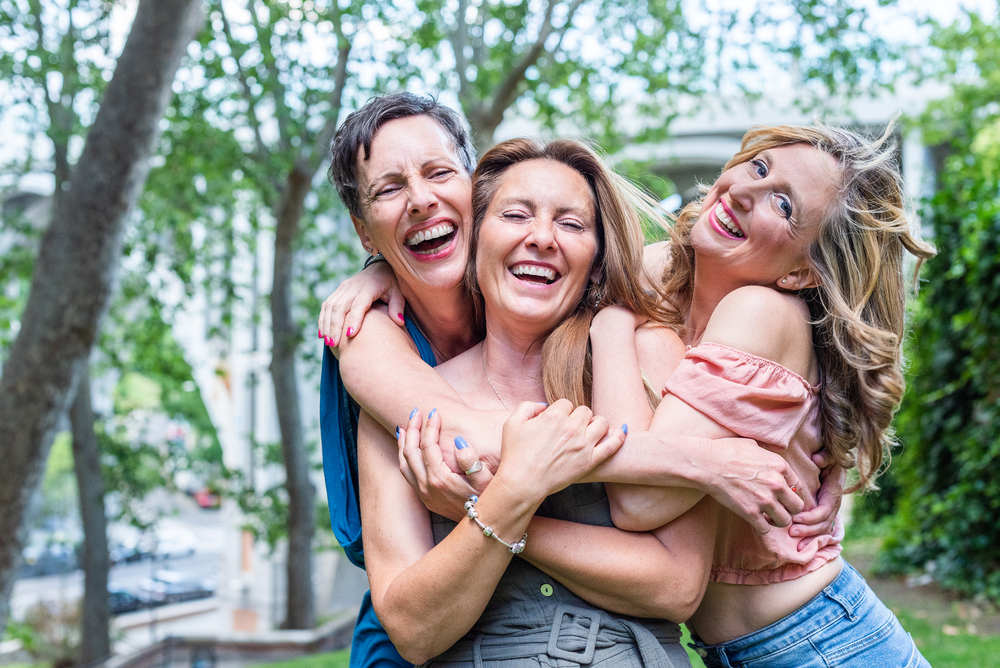The 1960s was an era of iconic hairstyles, from glamorous bouffants to sleek, straight looks and voluminous curls. Women took great pride in their hair, following routines that emphasized natural shine, strength, and long-lasting styles. Unlike today’s reliance on chemical treatments, heat tools, and artificial products, haircare in the ‘60s was centered around nourishing routines and proper maintenance. Women used fewer harsh chemicals, washed their hair less frequently, and embraced natural techniques that kept their locks looking healthy and full. These methods not only promoted hair growth but also ensured that styles stayed put throughout the day. While modern haircare is often focused on speed and convenience, many of these old-school routines are still effective today. Looking back at how women in the ‘60s cared for their hair can teach us valuable lessons on maintaining strong, healthy strands. If you want to bring back the signature hair looks of the past, here are 11 classic haircare routines from the 1960s that made women’s hair truly unforgettable.
1. Setting Hair in Rollers Instead of Using Heat Tools
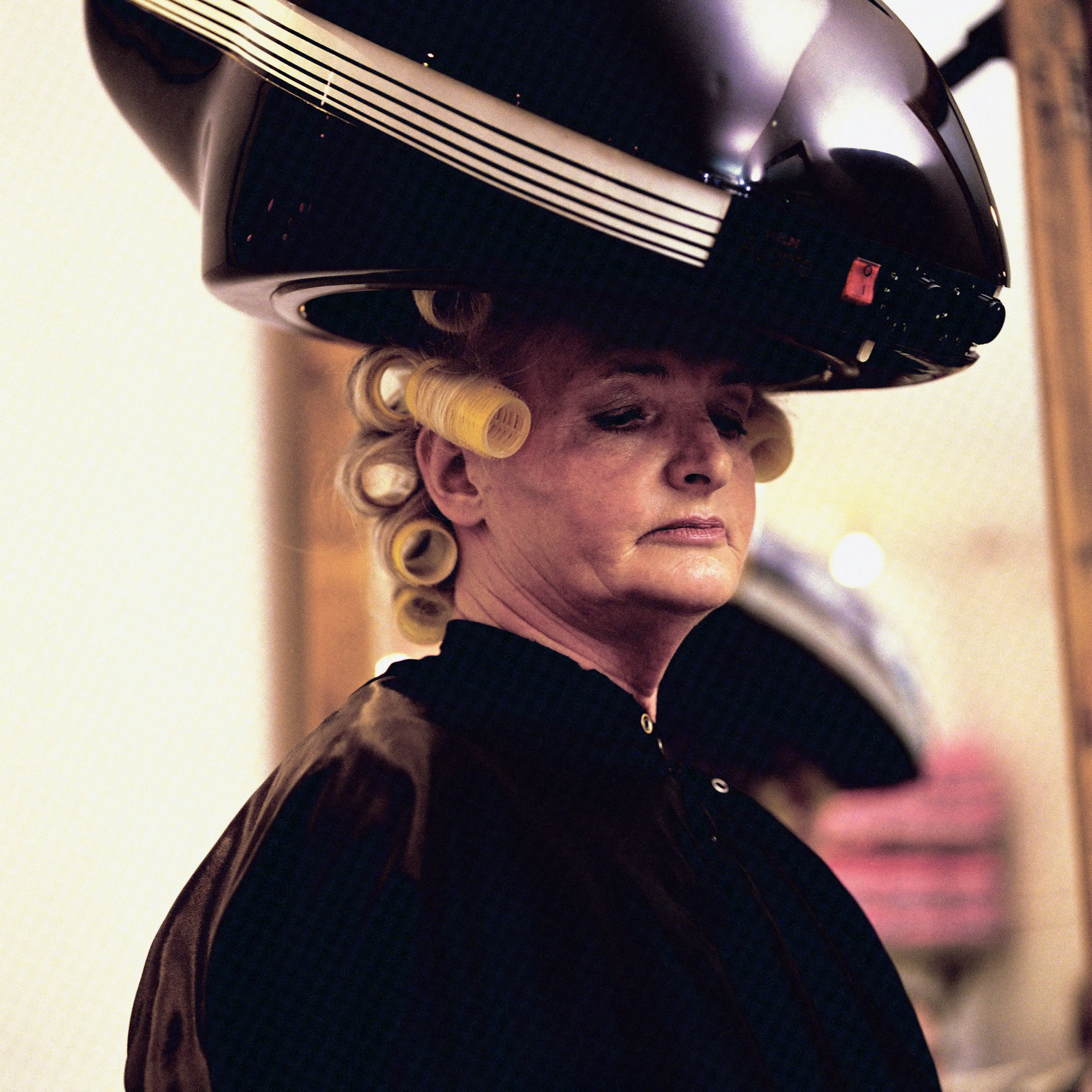
Velcro and foam rollers were essential tools for achieving the voluminous styles of the 1960s. Women used rollers overnight or for a few hours during the day to create long-lasting curls and waves. This method allowed hair to hold its shape without the need for damaging heat.
Modern hair styling often relies on curling irons and straighteners, which can weaken the hair shaft over time. Returning to roller-setting can help maintain hair health while still achieving beautiful curls. It’s a gentler alternative that preserves the integrity of the hair and reduces the risk of split ends. Plus, roller curls tend to last longer than those created with heat tools. According to Pammy DeLux, using rollers helps create beautiful curls without damaging heat.
2. Washing Hair Less Often for Natural Shine
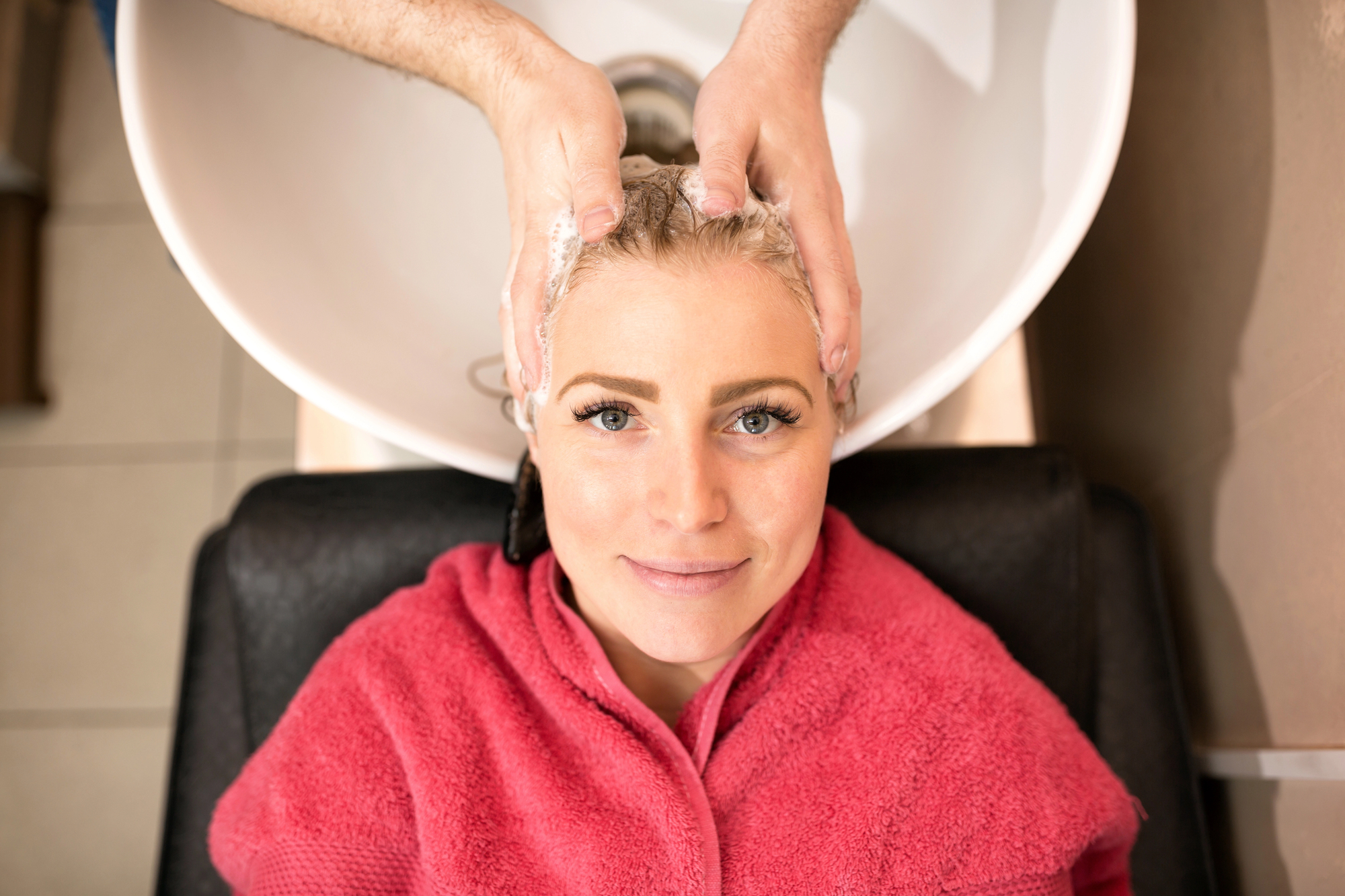
Women in the 1960s didn’t wash their hair every day. Instead, they typically shampooed once or twice a week to allow the scalp’s natural oils to nourish the hair. Frequent washing can strip hair of its essential moisture, leading to dryness and breakage. By washing less often, women of the ‘60s maintained shinier, healthier locks that were naturally hydrated.
Today, many people over-wash their hair due to product buildup, oiliness, or marketing pressures from shampoo brands. However, reducing washing frequency can improve hair health by restoring natural balance. Dry shampoo and brushing techniques were common in the ‘60s to keep hair fresh between washes. Bringing back this routine can help reduce frizz and keep hair looking healthier for longer. According to YouTube, washing hair less frequently was common in the 1960s and is beneficial for maintaining natural shine.
3. Using Natural Oils for Deep Conditioning
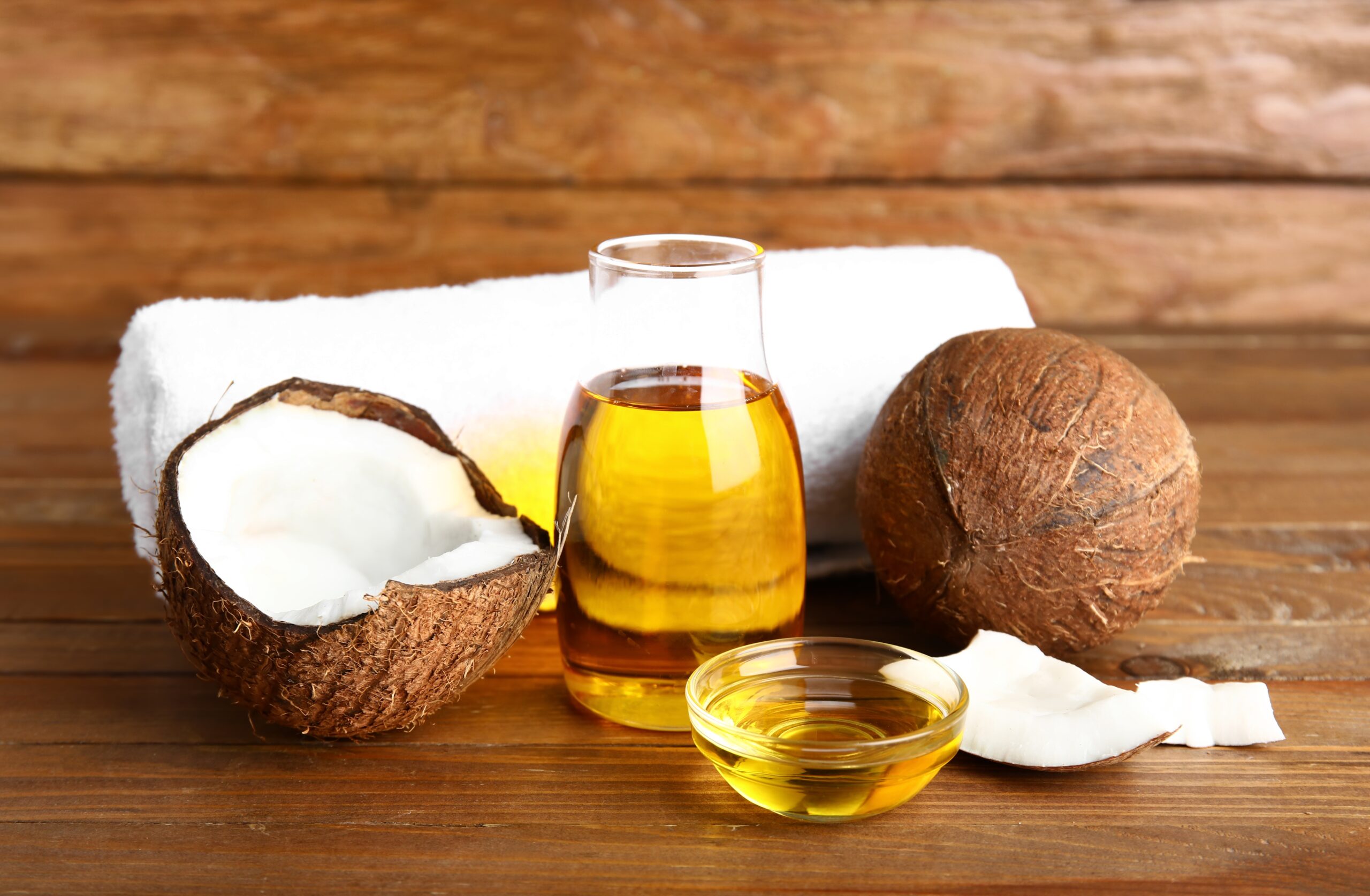
Instead of modern silicone-filled conditioners, women in the ‘60s used natural oils to keep their hair moisturized. Coconut oil, olive oil, and castor oil were common treatments that added shine, reduced frizz, and promoted hair growth. These oils penetrated deep into the hair shaft, providing long-lasting hydration and preventing damage.
Today, many hair products contain artificial ingredients that coat the hair rather than truly nourishing it. Switching to natural oils for deep conditioning treatments can strengthen hair over time. Applying oil once a week before shampooing can help restore moisture and prevent split ends. This simple yet effective technique from the ‘60s is still one of the best ways to keep hair soft and strong. According to WebMD, natural oils like coconut and olive oil provide deep hydration and nourishment for healthier hair.
4. Brushing Hair Daily With a Boar Bristle Brush
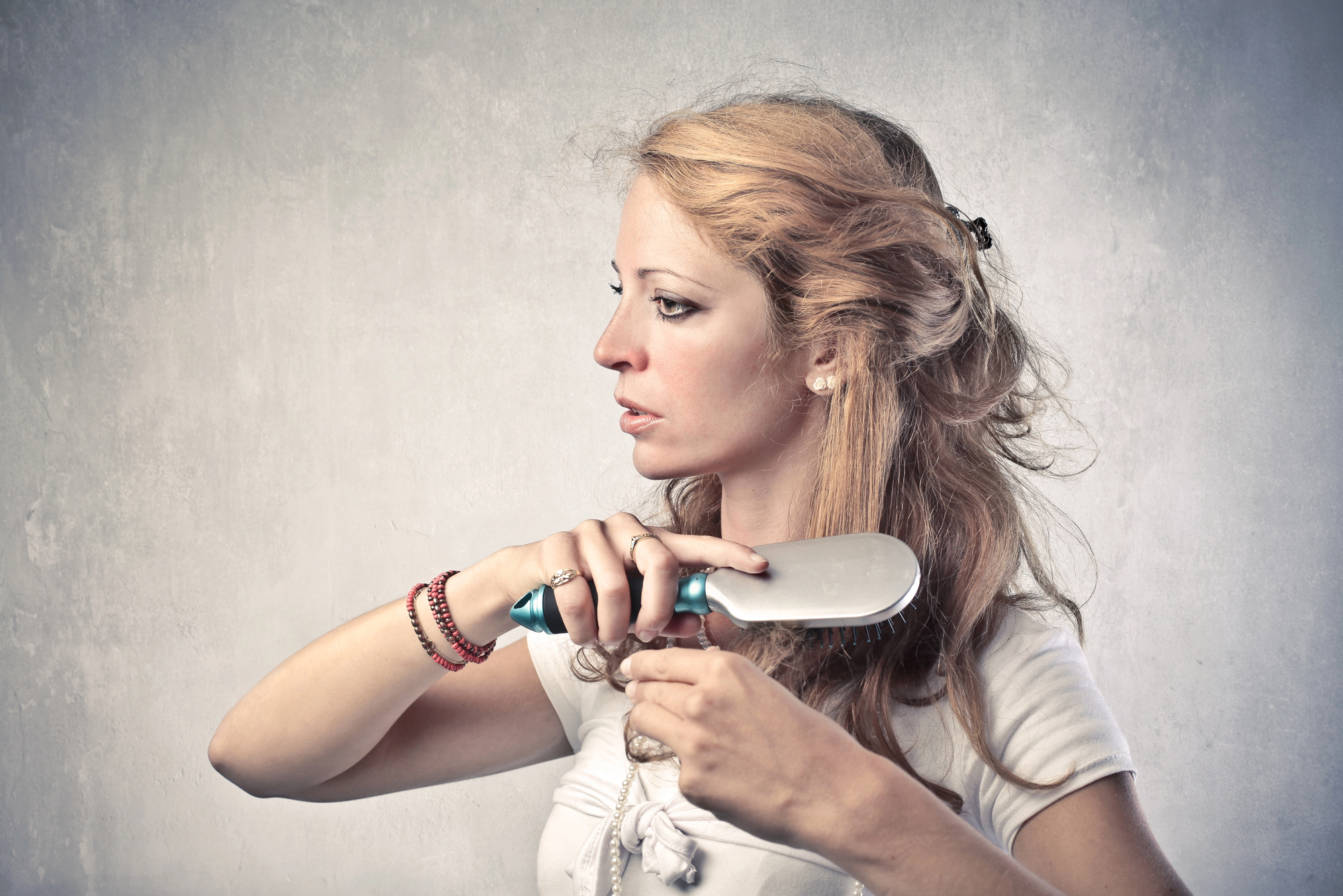
Women in the ‘60s knew the importance of brushing their hair regularly. Using a boar bristle brush helped distribute natural oils from the scalp to the ends, keeping hair soft and shiny. This brushing technique also stimulated circulation, promoting healthy hair growth.
Today, many people rely on detangling brushes or wide-tooth combs, but boar bristle brushes offer unique benefits. They smooth the cuticle layer of the hair, reducing frizz and adding a natural sheen. Brushing daily with a high-quality brush can help prevent dryness and breakage while keeping hair looking polished. Bringing back this classic routine can make a noticeable difference in hair health. According to the Morrocco Method, using a boar bristle brush promotes healthy hair growth by gently massaging the scalp, increasing blood flow, and unclogging hair follicles.
5. Sleeping on Satin or Silk Pillowcases
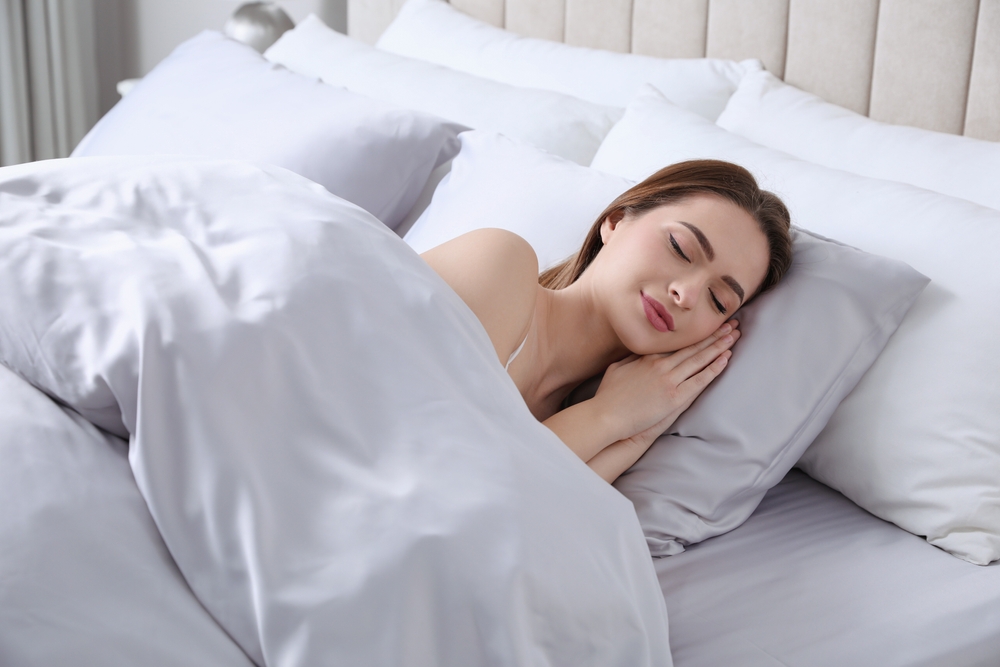
One of the lesser-known secrets of ‘60s haircare was sleeping on satin or silk pillowcases. Cotton pillowcases absorb moisture and create friction, leading to tangles, frizz, and breakage. Satin and silk, on the other hand, allow hair to glide smoothly, reducing damage while maintaining styles overnight.
Today, many people wake up with messy, dry, or tangled hair due to rough bedding materials. Switching to silk pillowcases can help maintain smoother, healthier hair with less effort. This simple change prevents unnecessary breakage and extends the life of curls and blowouts. Women in the ‘60s knew how to protect their styles, and this tip is still effective today.
6. Using Homemade Rinses for Extra Shine
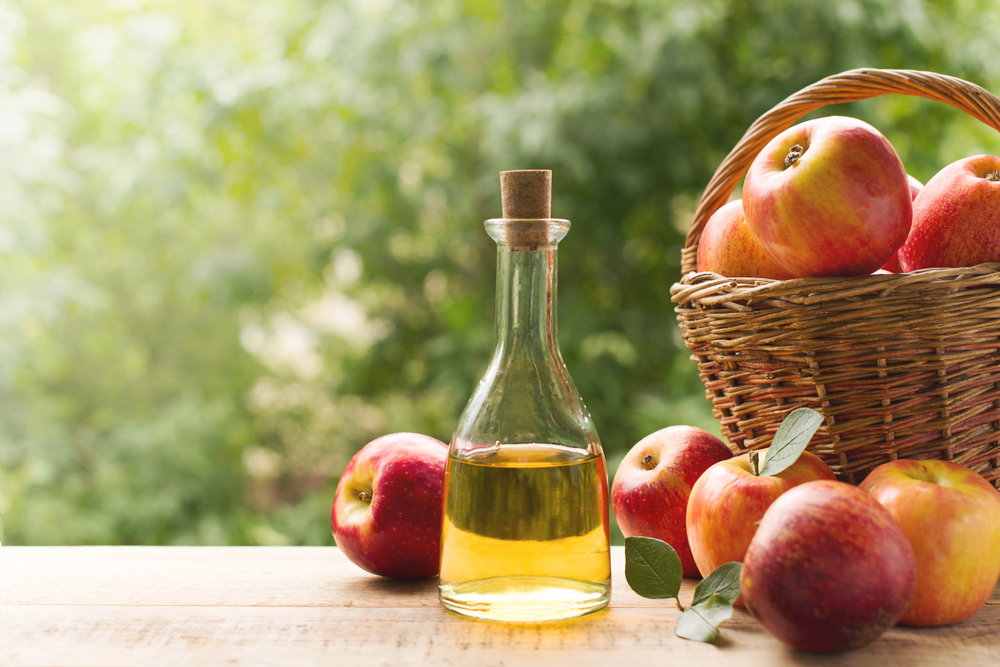
In the 1960s, women used natural rinses to enhance their hair’s shine and strength. Apple cider vinegar, lemon juice, and herbal infusions were common treatments to remove buildup and restore pH balance. These rinses also helped to smooth the hair cuticle, making strands look glossier and healthier.
Today, many shampoos and conditioners leave behind residue that dulls hair over time. Using a weekly vinegar rinse can help clarify the scalp and bring back the natural shine. Mixing one part apple cider vinegar with three parts water creates an easy, effective treatment. This old-school trick is still one of the best ways to achieve soft, vibrant hair.
7. Avoiding Chemical Hair Dyes and Embracing Natural Colors

Women in the ‘60s often embraced their natural hair color, using minimal chemical processing. When dyeing was necessary, they used gentler methods like henna or vegetable-based dyes. This helped maintain the hair’s strength and shine without excessive damage.
Modern hair dyeing trends involve frequent bleaching, highlighting, and coloring, which can weaken hair over time. Reducing chemical treatments and opting for natural dyes can keep hair healthier and stronger. Letting natural hair color shine through can also reduce long-term hair thinning and dryness. The less damage from harsh dyes, the healthier the hair remains.
8. Protecting Hair With Scarves and Hats
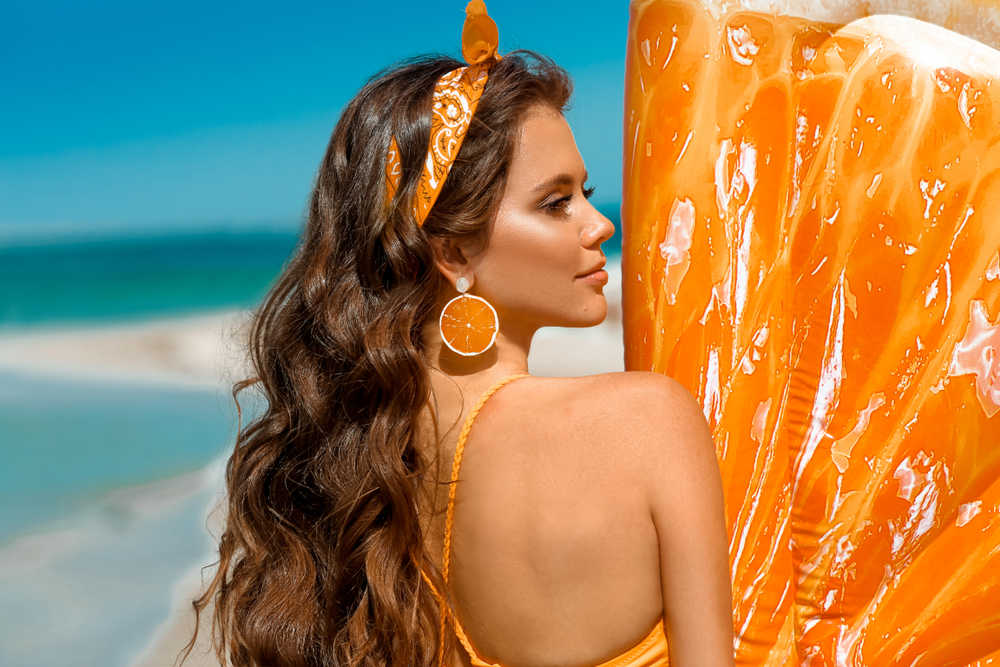
Fashionable scarves and hats weren’t just accessories in the ‘60s—they were also a way to protect hair from sun damage, pollution, and humidity. Women often wrapped their hair in silk scarves to maintain styles and keep their strands from drying out. Hats were also a stylish way to shield hair from environmental damage.
Today, exposure to sun, wind, and pollution can weaken hair, causing it to become brittle and frizzy. Wearing scarves or hats when outside can help prevent moisture loss and protect hair from UV damage. Incorporating this vintage habit into modern haircare routines can keep locks healthier and more manageable.
9. Letting Hair Air Dry Instead of Using Blow Dryers
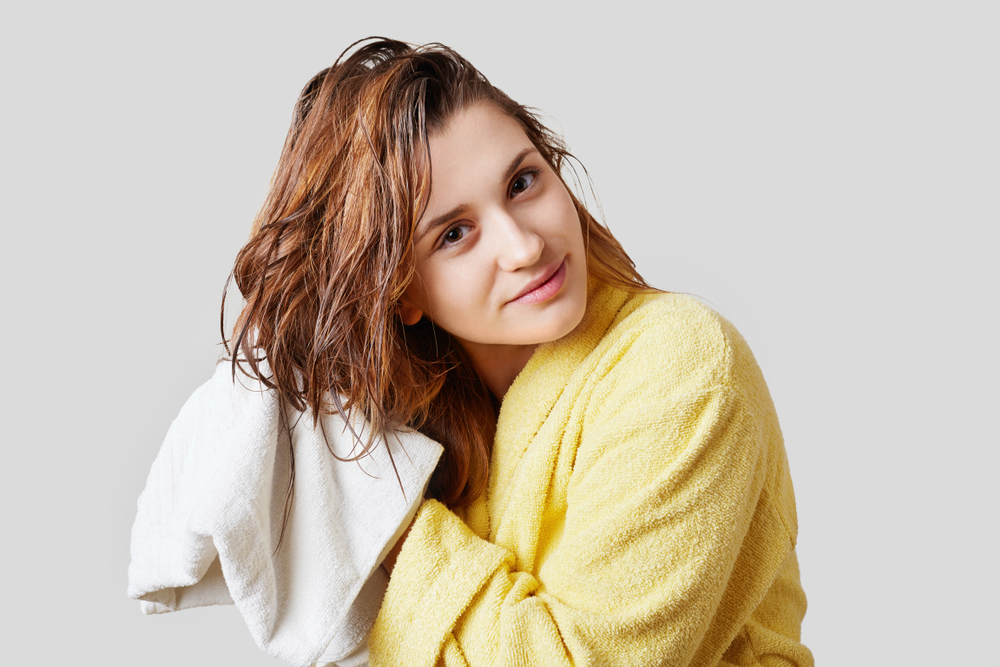
Blow dryers weren’t as powerful or widely used in the ‘60s as they are today. Women often allowed their hair to air dry or used low heat to avoid damage. Air drying preserved the hair’s natural moisture, preventing heat-induced brittleness and split ends.
Today, many people rely on blow drying daily, which can lead to excessive dryness and breakage. Allowing hair to air dry whenever possible helps maintain its strength and hydration. If heat styling is necessary, using a lower temperature setting can minimize damage. Embracing this ‘60s habit can lead to healthier, softer hair over time.
10. Keeping Haircuts Simple and Maintaining Healthy Ends
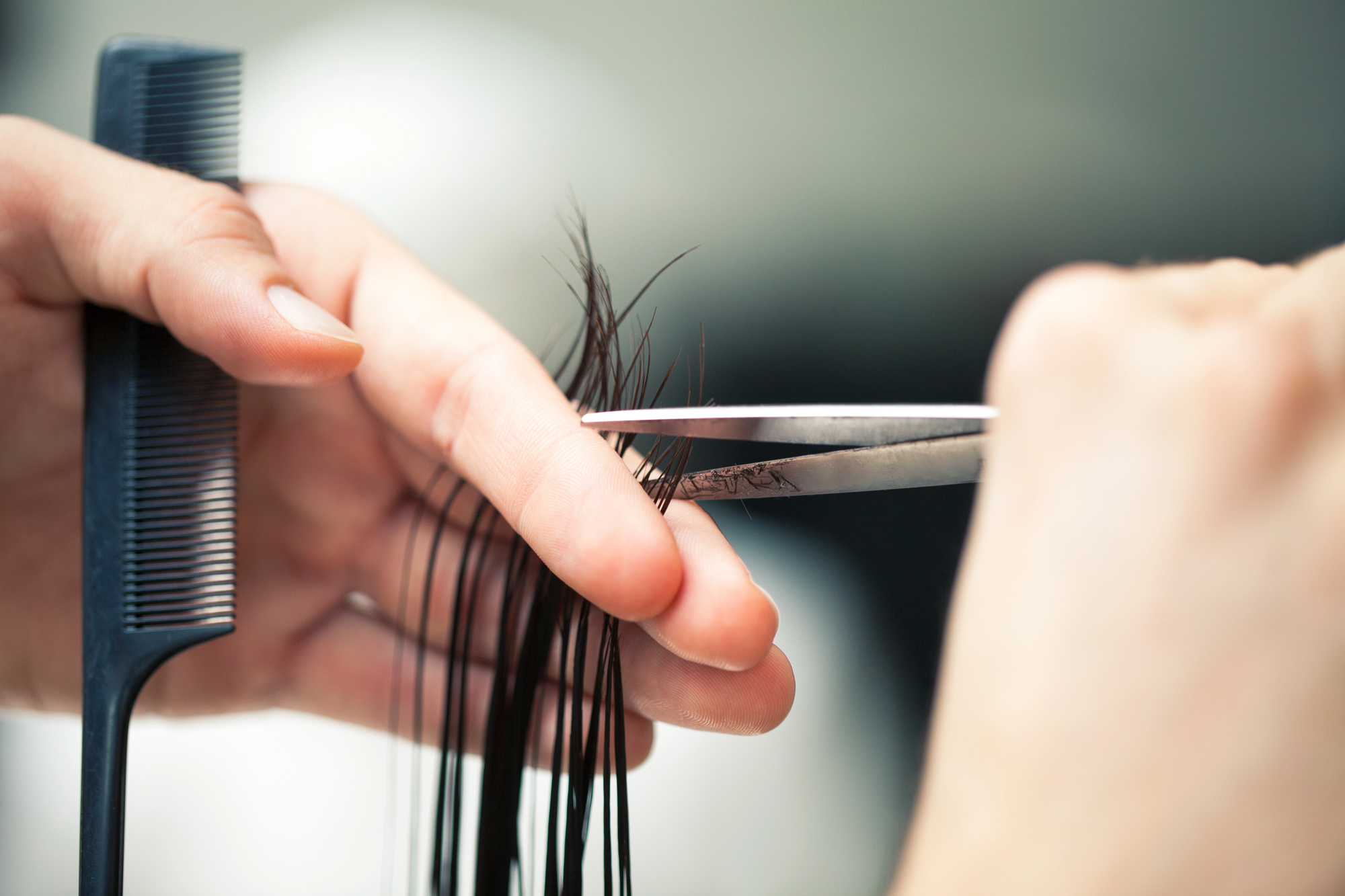
Women in the 1960s didn’t experiment with extreme cuts or over-layering their hair. They maintained classic, well-shaped styles that grew out gracefully. Regular trims kept their ends healthy, preventing excessive split ends and breakage.
Today, frequent drastic changes in hairstyles can cause unnecessary stress on the hair. Keeping haircuts simple and maintaining well-trimmed ends can promote long-term hair health. A well-maintained, timeless cut is often easier to style and requires fewer damaging treatments. The ‘60s approach to haircuts focused on maintaining natural beauty rather than chasing fleeting trends.
11. Using Minimal Styling Products for a More Natural Look
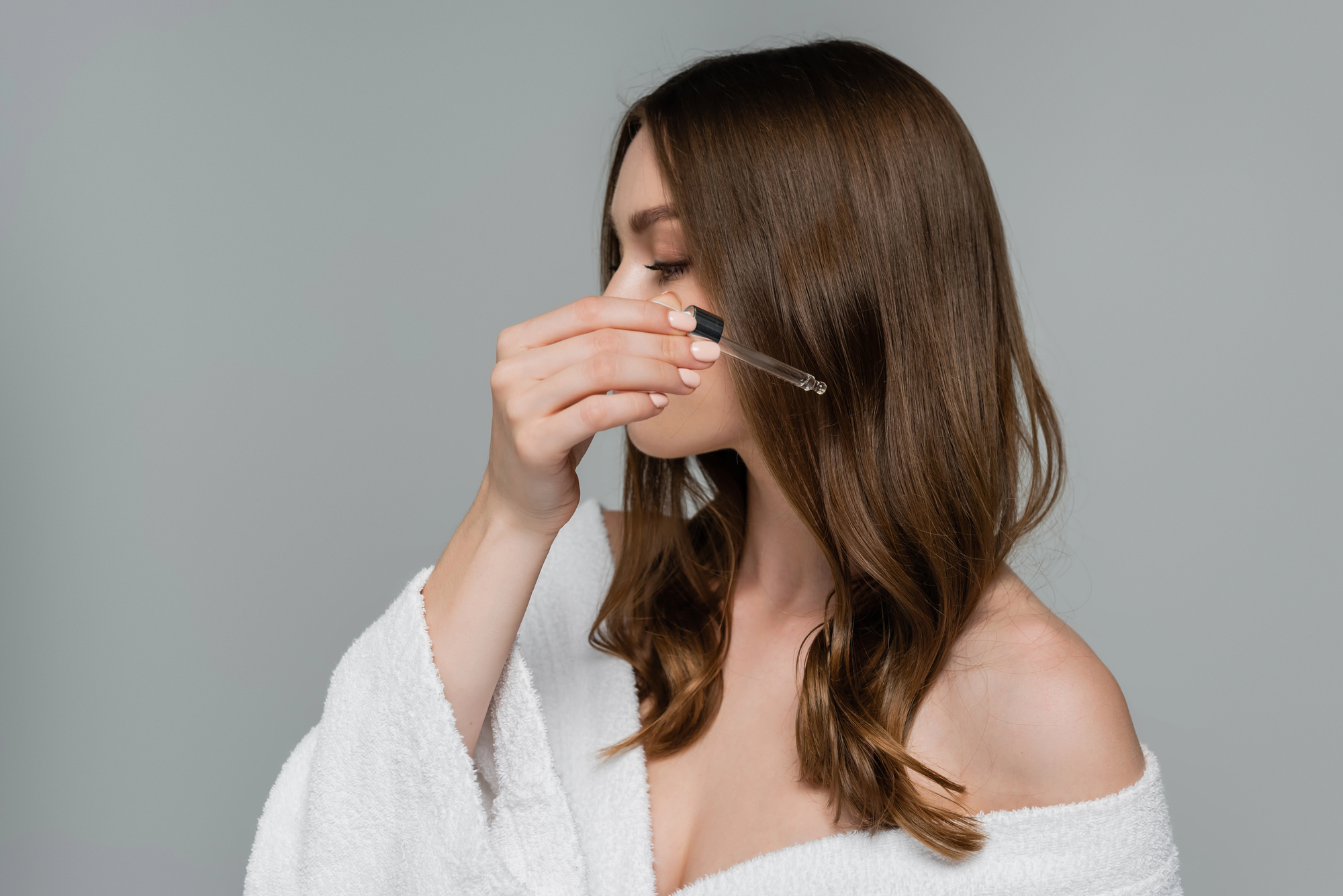
Women in the 1960s didn’t rely on heavy styling products to keep their hair looking great. Instead of layering on mousses, gels, and sprays, they kept their routines simple with light hairsprays or natural pomades. This allowed their hair to maintain movement and shine without product buildup weighing it down. The focus was on achieving soft, touchable styles rather than stiff, unnatural looks.
Today, many people use multiple styling products daily, which can cause buildup and dullness over time. Overuse of hairsprays, dry shampoos, and gels can also clog hair follicles, leading to thinning and breakage. Simplifying styling routines and using fewer products can help hair maintain its natural vibrancy. Choosing lightweight, nourishing formulas instead of chemical-laden products can restore softness and bounce. Embracing a more minimalist approach, like women did in the ‘60s, can result in healthier, effortlessly beautiful hair.
The women of the 1960s followed haircare routines that emphasized nourishment, simplicity, and natural beauty. From using natural oils to setting their hair without excessive heat, they maintained strong, shiny, and voluminous locks. Unlike today’s heavy reliance on chemicals, heat tools, and constant washing, ‘60s haircare was focused on longevity and health. By incorporating some of these classic techniques, modern women can achieve healthier, more vibrant hair. Whether it’s reducing product use, switching to silk pillowcases, or embracing air-drying, small changes can make a big difference. The best beauty secrets often come from the past, proving that sometimes, less really is more when it comes to hair care.



